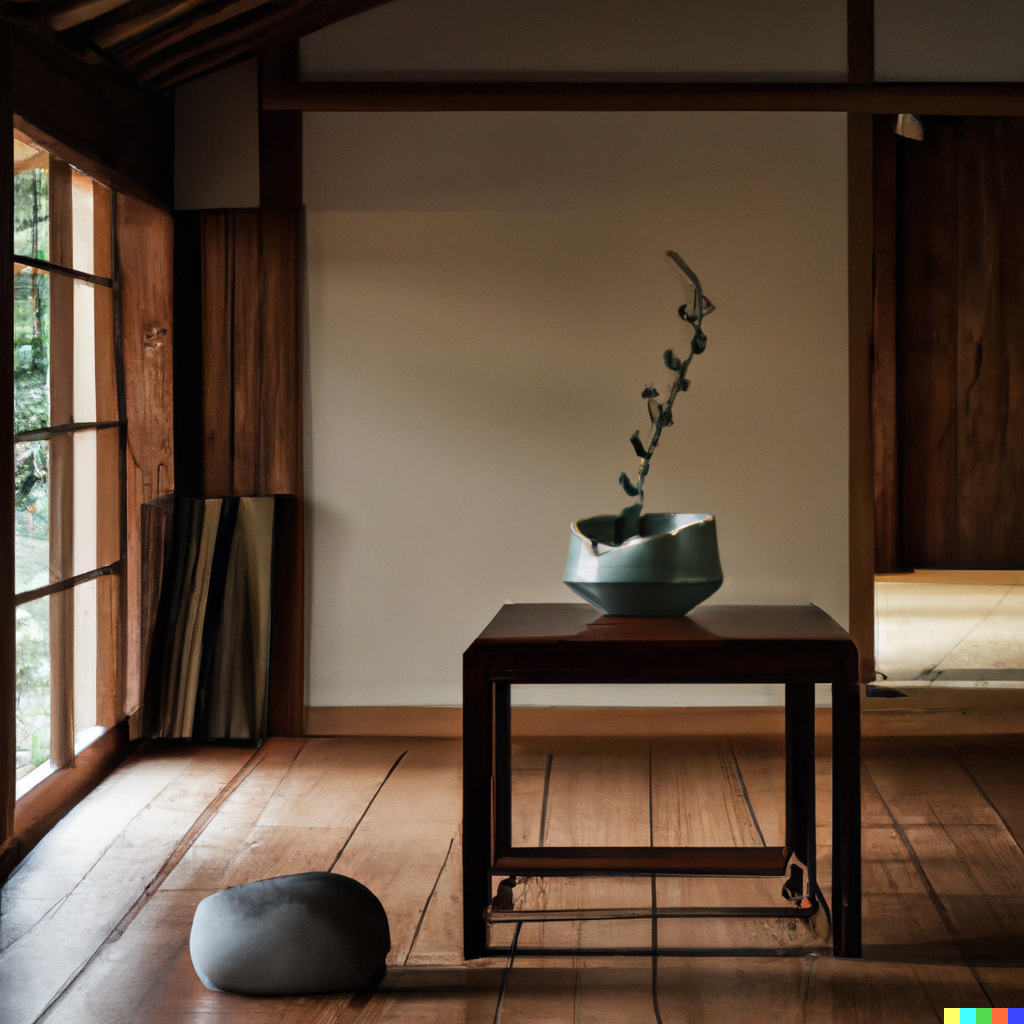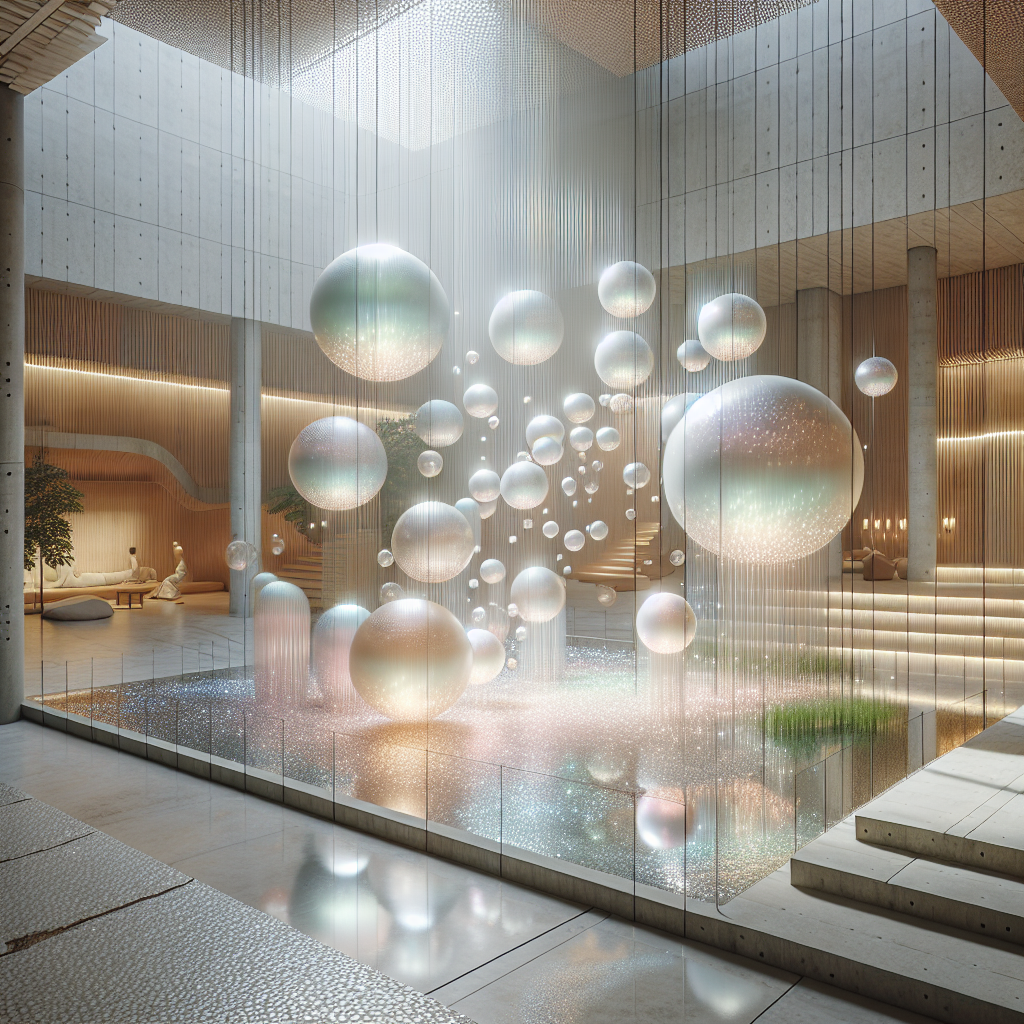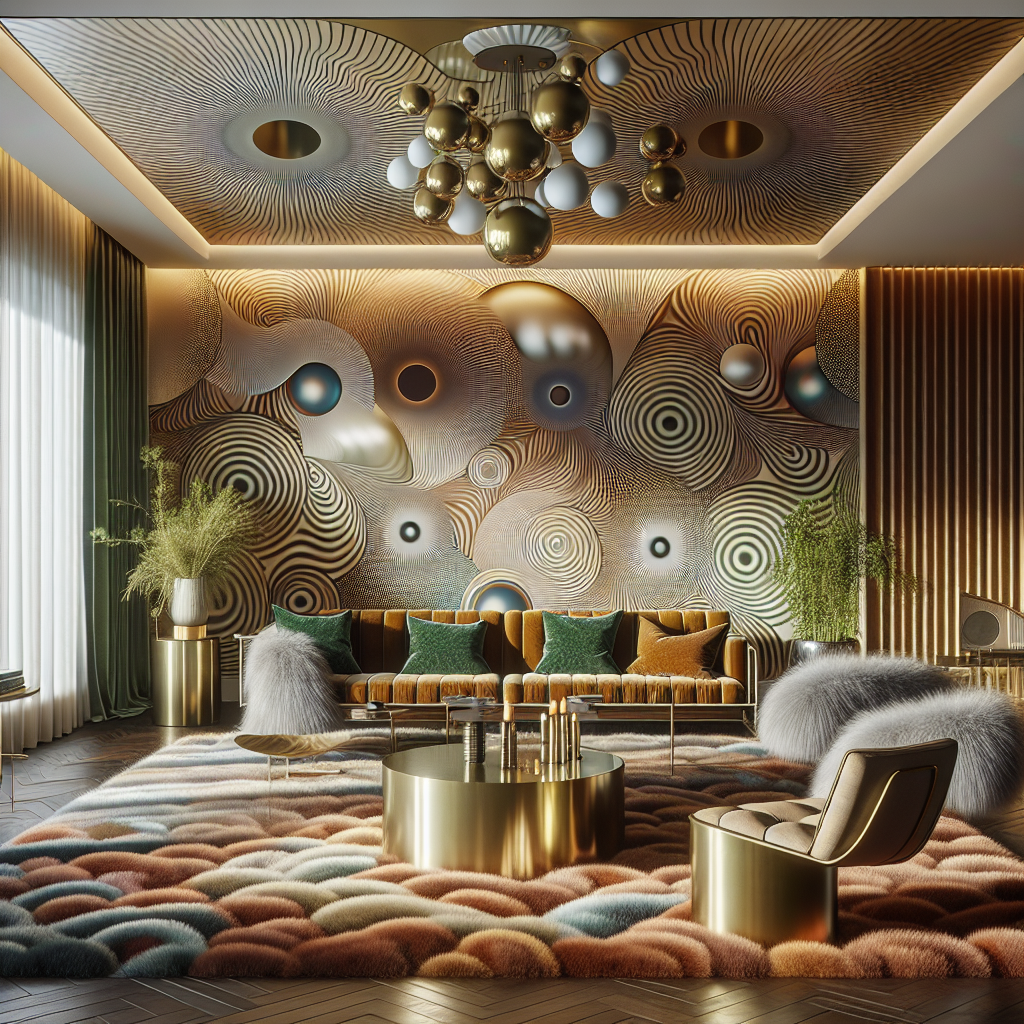The Beauty of Imperfection: The Wabi-Sabi Aesthetic

The Essence of Wabi-Sabi
To appreciate the intricate beauty of life, we often need to let go of our pursuit of perfection. This essence is captured in the philosophy of Wabi-Sabi – an aesthetic principle that finds beauty in imperfection, transience, and the natural world’s unpretentious simplicity. Not merely an artistic concept, Wabi-Sabi is a worldview, a way of life that encourages us to cherish the imperfect, the incomplete, and the transient.
The Origins of Wabi-Sabi
A gift from Japanese culture, Wabi-Sabi’s roots go deep into Zen Buddhism and the ritual of the tea ceremony. The word ‘Wabi’ originally conveyed the loneliness of living in nature, away from society; ‘Sabi’ signified the melancholy of something withering with time. Together, they evolve into a profound aesthetic, teaching the beauty of modesty and naturalness.
Wabi-Sabi in Design and Architecture
In the realm of design and architecture, Wabi-Sabi is the antithesis of the Western quest for pristine, picture-perfect spaces. The charm lies in the organic irregularities – a chipped ceramic teapot, an asymmetrical handwoven rug, an old wooden house weathered by time, or a garden flourishing in its untamed glory. These humble, transient elements inspire Wabi-Sabi interiors and architectural designs, making them feel alive and inherently human.
The Embrace of Authenticity
At the heart of Wabi-Sabi is the embrace of ‘authenticity’. Instead of covering up flaws, Wabi-Sabi design emphasizes them. Cracks in pottery are filled with gold, a practice known as ‘Kintsugi’, to celebrate rather than hide the object’s history. In architecture, raw materials like wood, stone, and metal, with their imperfections and patinas, are preferred over flawless, man-made materials.
The Awareness of Transience
Wabi-Sabi also prompts us to appreciate the fleeting nature of life – a concept resonant in the design element known as ‘Mono no Aware’, the awareness of transience. Buildings age, paints peel, and wood warps. Rather than viewing these as decay, Wabi-Sabi sees them as marks of passing time, narratives of the building’s life journey.
The Play of Light and Shadow
The interplay between natural light and shadows is another crucial aspect of the Wabi-Sabi aesthetic. The fluctuating lights of the day transform the ambiance, creating different moods and moments of beauty. This love for nature’s drama is evident in traditional Japanese houses, with their paper screen walls, sparse furniture, and contemplative gardens.
Wabi-Sabi in Modern Times
The world is increasingly recognizing Wabi-Sabi’s relevance in our perfection-obsessed times. It is a soothing balm to the stress of modern living, urging us to slow down, to appreciate the present moment and the natural beauty around us. The unique, the old, the simple, and the unpretentious are celebrated, fostering a design and architectural ethos that is both humble and profound.
A Design for Living
In my view, the beauty of Wabi-Sabi lies in its quiet rebellion against the manicured, the synthetic, and the ephemeral trends of contemporary design. It serves as a reminder that beauty is not a fixed ideal but a perspective that appreciates the charm in the modest, the worn, and the impermanent. Wabi-Sabi, with its gentle whisper of life’s transience and imperfections, is an aesthetic for the soul, a design for living, and an architecture for well-being.
Embracing Imperfections
Wabi-Sabi encourages us to embrace imperfections and find beauty in their presence. Instead of striving for flawlessness, we learn to appreciate the unique character that comes with wear and age. A cracked teacup tells a story of history and resilience, while a weathered wooden table reveals the passage of time. By accepting these imperfections, we develop a deeper connection to the objects and spaces around us.
A Celebration of Simplicity
In a world often dominated by excess and extravagance, Wabi-Sabi celebrates simplicity and minimalism. It encourages us to let go of clutter and unnecessary ornamentation, focusing instead on the essential elements that bring joy and functionality. A sparsely furnished room with natural materials and neutral colors creates a serene and tranquil atmosphere, allowing our minds to find peace amidst the chaos of daily life.
Nature’s Influence
Nature plays a significant role in the Wabi-Sabi aesthetic, serving as a constant source of inspiration. Wabi-Sabi design seeks to mimic the organic forms and processes found in the natural world. The irregular shapes of rocks, the asymmetry of tree branches, and the weathered textures of leaves all find their place in Wabi-Sabi architecture and design. By bringing nature indoors, we establish a harmonious connection with the environment and create spaces that resonate with tranquility.
The Beauty of Transience
Central to the Wabi-Sabi philosophy is the recognition and appreciation of the transient nature of all things. Nothing in life remains the same forever, and Wabi-Sabi encourages us to find beauty in this impermanence. Just as the cherry blossoms bloom and fade, buildings age and transform. The patina that develops on surfaces, the cracks that appear over time – these are not signs of decay but reminders of the ever-changing nature of existence.
Harmony in the Imperfect
Wabi-Sabi teaches us to seek harmony in the imperfect and find balance in the asymmetrical. It rejects rigid symmetry and uniformity in favor of a more organic and free-flowing approach. By embracing asymmetry, irregularity, and the unexpected, we create spaces that feel alive and vibrant. The play of light and shadow, the intermingling of textures and materials – all contribute to a sense of dynamism and visual interest.
The Mindful Journey
In a fast-paced world driven by instant gratification, Wabi-Sabi invites us to slow down and cultivate mindfulness. It encourages us to savor the present moment, to be fully present and engaged in our surroundings. By fostering a deeper connection to our environment, we develop a greater appreciation for the beauty that exists in the ordinary and the fleeting.
Wabi-Sabi offers a refreshing perspective on design and architecture, reminding us to embrace imperfections, celebrate simplicity, and find beauty in the transient. It encourages us to reconnect with nature, seek harmony in the imperfect, and cultivate mindfulness in our daily lives. In a world that often values perfection and constant change, Wabi-Sabi serves as a gentle reminder to appreciate the inherent beauty that surrounds us, and to find joy in the humble and imperfect aspects of life. It is a philosophy that encourages us to live in harmony with the natural world and to appreciate the subtle nuances that make each moment unique.





